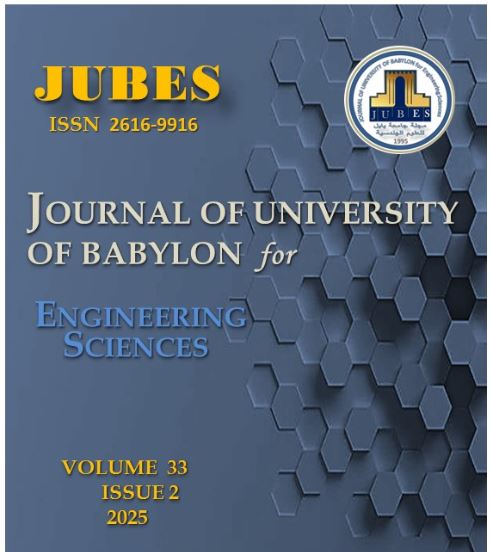The Role of Ceratophyllum Demersum in Heavy Metal Adsorption: Analysis of Mechanisms, Efficiency, and Environmental Impacts Review
محتوى المقالة الرئيسي
الملخص
يُشكل تلوث المعادن الثقيلة خطرًا كبيرًا على النظم البيئية المائية وصحة الإنسان. يدرس هذا البحث جدوى نبات Ceratophyllum demersum (يُشار إليه غالبًا باسم hornwort) كممتز حيوي مستدام واقتصادي لاستخراج المعادن الثقيلة من المياه الملوثة. يُركز البحث على آليات الامتصاص المميزة لهذا النبات، والتي تشمل الامتصاص الحيوي والتراكم الحيوي، ويُحلل العناصر التي تؤثر على كفاءته، بما في ذلك الرقم الهيدروجيني (pH) ودرجة الحرارة ومدة التلامس. يكشف تحليل مقارن مع نباتات مائية أخرى، بما في ذلك Eichhornia crassipes وHydrilla verticillata، عن فعالية أفضل لنبات C. demersum في امتصاص المعادن الثقيلة. يدرس البحث الاستخدامات البيئية لنبات C. demersum في أنظمة المعالجة النباتية ومعالجة المياه، مُبرزًا قدرته على تعزيز الاستدامة البيئية. ويُقترح بحث مستقبلي لتعزيز تطبيقه على نطاق واسع.
##plugins.themes.bootstrap3.displayStats.downloads##
تفاصيل المقالة
القسم

هذا العمل مرخص بموجب Creative Commons Attribution 4.0 International License.
